Embracing the World of Outdoor Workspaces
Landlords and architects are inviting office space users to take a bold step outside and endorse a change accelerated by the pandemic.
The pandemic has permanently changed the way commercial buildings look and function—and the change went beyond their edges and layouts. Landlords, developers, architects and property managers are now observing and analyzing the way office users engage with the landscape, aiming to “meet emerging customer needs around workplace optionality and wellness,” according to Charlie Hobey, managing director of product and operations at EQ Office. And COVID-19 has definitely contributed to accelerating this trend.
READ ALSO: Coronavirus Places Premium on Healthy Buildings
But even before the coronavirus hit, EQ Office was reimagining the workspace of the future by integrating functional outdoor spaces at two of its Southern California projects. Last year, the company teamed up with architecture firm RIOS to redesign the 1.4 million-square-foot Playa District in Los Angeles, “transforming a typical high-rise campus of towers and converting the large security-focused lobbies into lounges and centers for informal working to compensate for the enclosed towers above,” said Mark Motonaga, creative director at RIOS.
While some initiatives date back to pre-pandemic times, others—such as Rosslyn Business Improvement District’s O2—were powered by necessity, with a focus on helping businesses and the local community overcome pandemic-induced challenges. Rosslyn BID President Mary-Claire Burick believes that safe outdoor public spaces are paramount to “maintaining mental and physical health, and helping people feel connected to where they spend their time.”
Rosslyn, Va., is home to multiple Fortune 500 companies and small businesses, “so creating an outdoor office space to bring people together in a safe and positive environment felt like the perfect initiative,” she noted.
Prevention through design
While tech powerhouses such as Google, Shopify and Facebook extended their remote work policies and are expected to decrease their physical footprint, landlords and designers have made keeping employees safe and making offices healthier their top priority. Their other mission is to come up with creative ways to attract people back to the office, one bold step at a time.
Terraces, patios, rooftops and plazas are undergoing conversions into Wi-Fi equipped functional workspaces. According to Burick, Rosslyn BID’s O2 also has a wide array of office supplies, from portable chargers and computer screen shields for when it’s sunny, to blankets and an easel and whiteboard for brainstorming sessions.
“Investment in outdoor technology will become paramount, in addition to outdoor-designed furniture. I think infrastructure for shading, cooling and heating outdoor work areas will also become more desired,” Motonaga added.
These amenities, combined with safety protocols such as physical distancing, in-depth surface cleaning, facial coverings and one-way flow of traffic, will likely encourage office users to give outdoor workspaces a try. Additionally, the installation of large operable doors allowing private workspaces to open and engage with private balconies or courtyard decks allow occupants to work in an indoor/outdoor space. “Large exterior fans keep air circulating in these exterior spaces to mitigate the climate of the city, while also bringing a familiar vernacular language to the space,” Motonaga further explained.
The outdoor space also allows businesses to get creative with the layouts. Inspired by Costa Mesa’s boat-building past, EQ Office’s CANVAS project includes an outdoor workspace named The Boathouse. “The walls of the space are locally sourced vintage sails, bringing a unique element of history to the campus. It also features an eight-person conference table, outdoor AV systems and outlets, as well as presentation and video conferencing capabilities to allow for productivity and creativity in a relaxed environment,” Hobey mentioned.
Green is in
To further enhance productivity and a feeling of well-being in connection with nature, an increasing number of office spaces feature biophilic elements, which are a rapidly advancing trend. “We designed these outdoor workplaces with employee wellness in mind, where natural light, air and outdoor space bring a residential and hospitable sensibility to the workplace environment,” Motonaga said. And the idea is catching on.
READ ALSO: Sustainable Office Design Trends to Watch This Year
For the Playa District project—an office campus that used to have an open space surrounded by five towers—EQ Office and RIOS created a new type of space that integrates the gardens rather than the sealed interior spaces. “This open space was divided into outdoor garden work rooms, allowing different groups of people to use them in unique ways to facilitate collaboration. Individual outdoor work areas were created along the edges to provide privacy, while also giving the opportunity to engage with people nearby,” Motonaga added.
Meanwhile, Rosslyn BID’s O2 made the best of all the space Gateway Park has to offer, while leaving the grassy area open. The space encompasses six distinct workspaces for one or two persons or areas for groups in need of physically distanced meeting space.
“We have the Field Office, which is a group of cubicle spaces separated by greenery walls; The Pod, a group of physically distanced, single-seat workspaces; The Row, a group of single-user standing workspaces; and the Corner Office where we have counter chairs and more single-seat workspaces,” Burick explained.
Navigating obstacles
COVID-19 created multifaceted challenges for the office sector, the biggest one being the shift from centralized offices to remote work. When asked about the hurdles they’ve encountered when deciding to take the workplace outside, Hobey and Burick identified the weather as the biggest drawback, followed by internet connectivity.
From a design standpoint, Motonaga mentioned the relationship to the ground and landscape. “It should be guided by the life of the user, without viewing the architecture as a machine or commodity. Another challenge is to design the exterior open spaces that adjoin and surround any outdoor work area to create a sense of place and intimacy that make the act of working possible. Lastly, it’s important to understand the nature of the work you are trying to promote and how the community will ultimately use the space,” he added.
Stepping out into the future
Once people are allowed to return to the office, the largest part of them will want to embrace a hybrid work model, according to a recent JLL report. This translates into a new and diverse mix of work locations and work schedules, paving the way for an increasing number of projects with elements of outdoor work.
According to Hobey, “outdoor offices will likely become more of a fixture in the corporate world as employees continue to express needs for flexibility and mobility, especially amid the pandemic.” EQ Office’s Hughes Center in Las Vegas and Fifth Third Center in Nashville, Tenn., are illustrative of this trend. The company has already converted underutilized exterior areas and added functional outdoor workspaces as an amenity.
This trend is here to stay, but so is the indoor office—although not as we knew it. Hobey believes that “the office will go wherever people want to concentrate or collaborate,” while Burick thinks that outdoor workspaces “have the potential to be more integrated into employees’ daily lives.”
This synergy will set the stage for a stronger and health crisis-proof office landscape, with the outdoor working experience expected to gain more popularity. “Prior to COVID-19, we were seeing an increased need for optionality around the way our tenants work and this has certainly become paramount since March,” Hobey concluded.

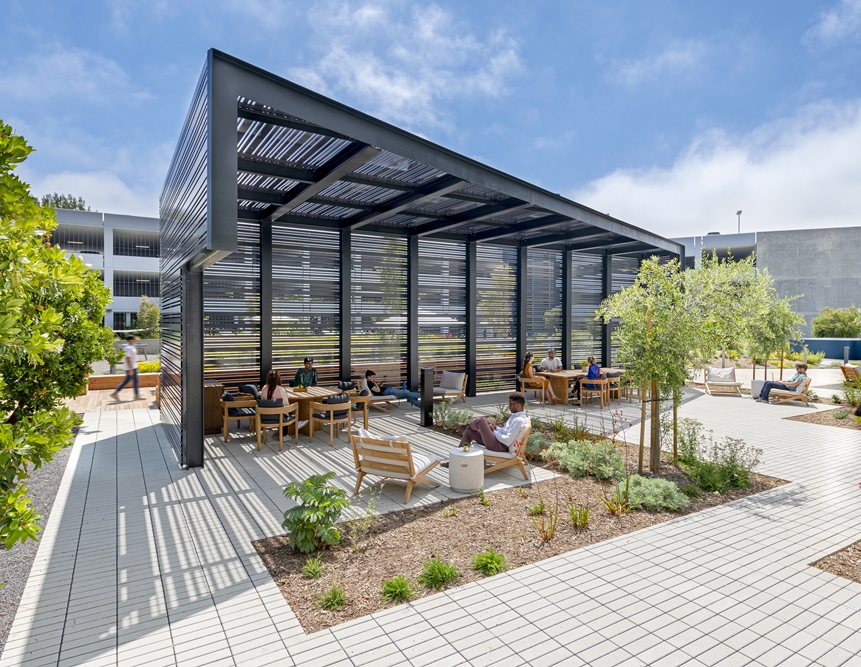

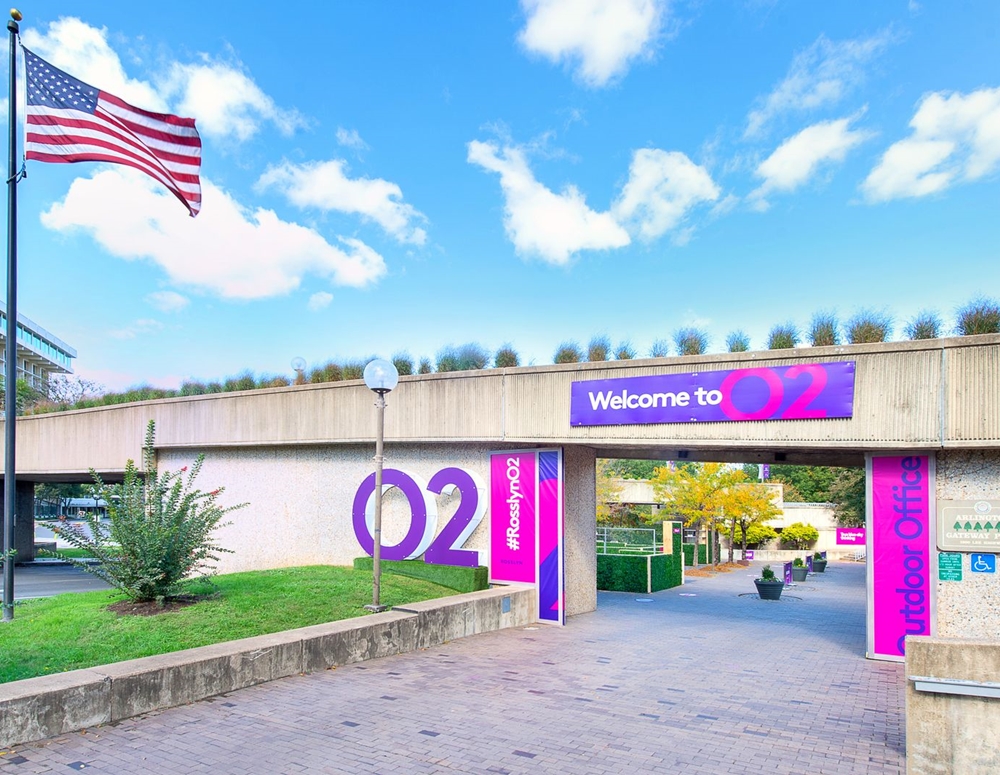

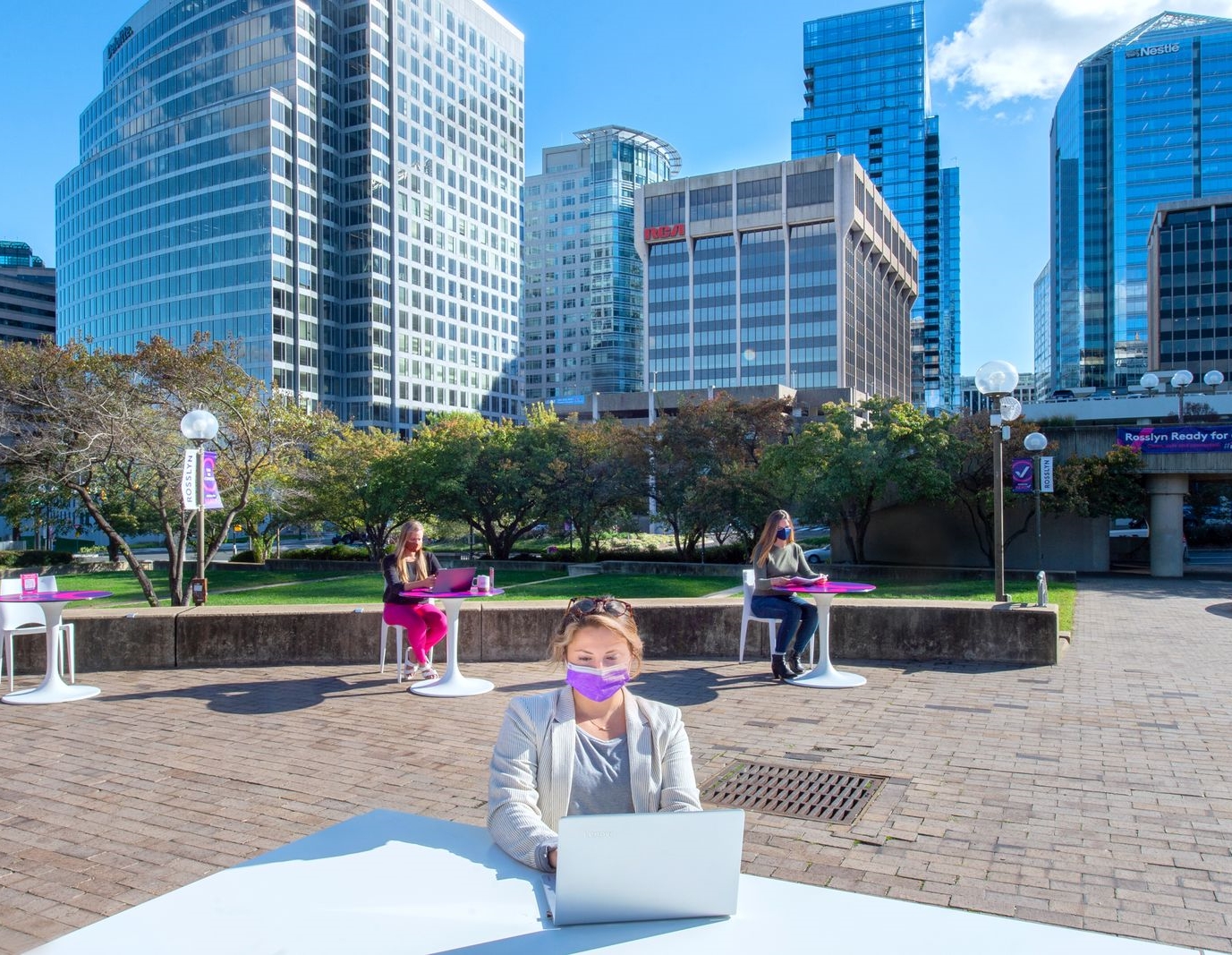
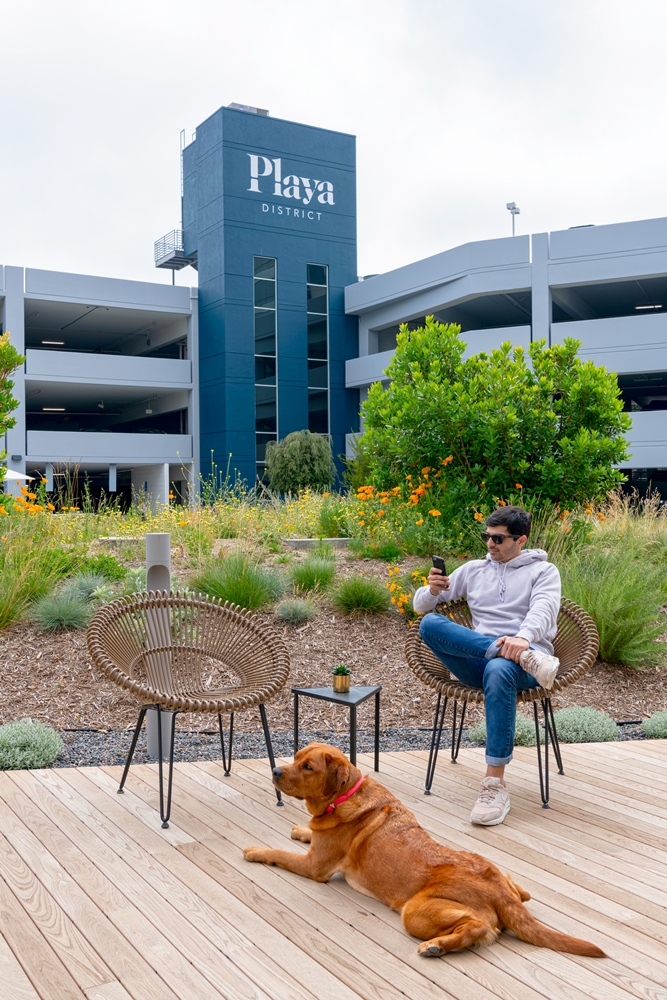
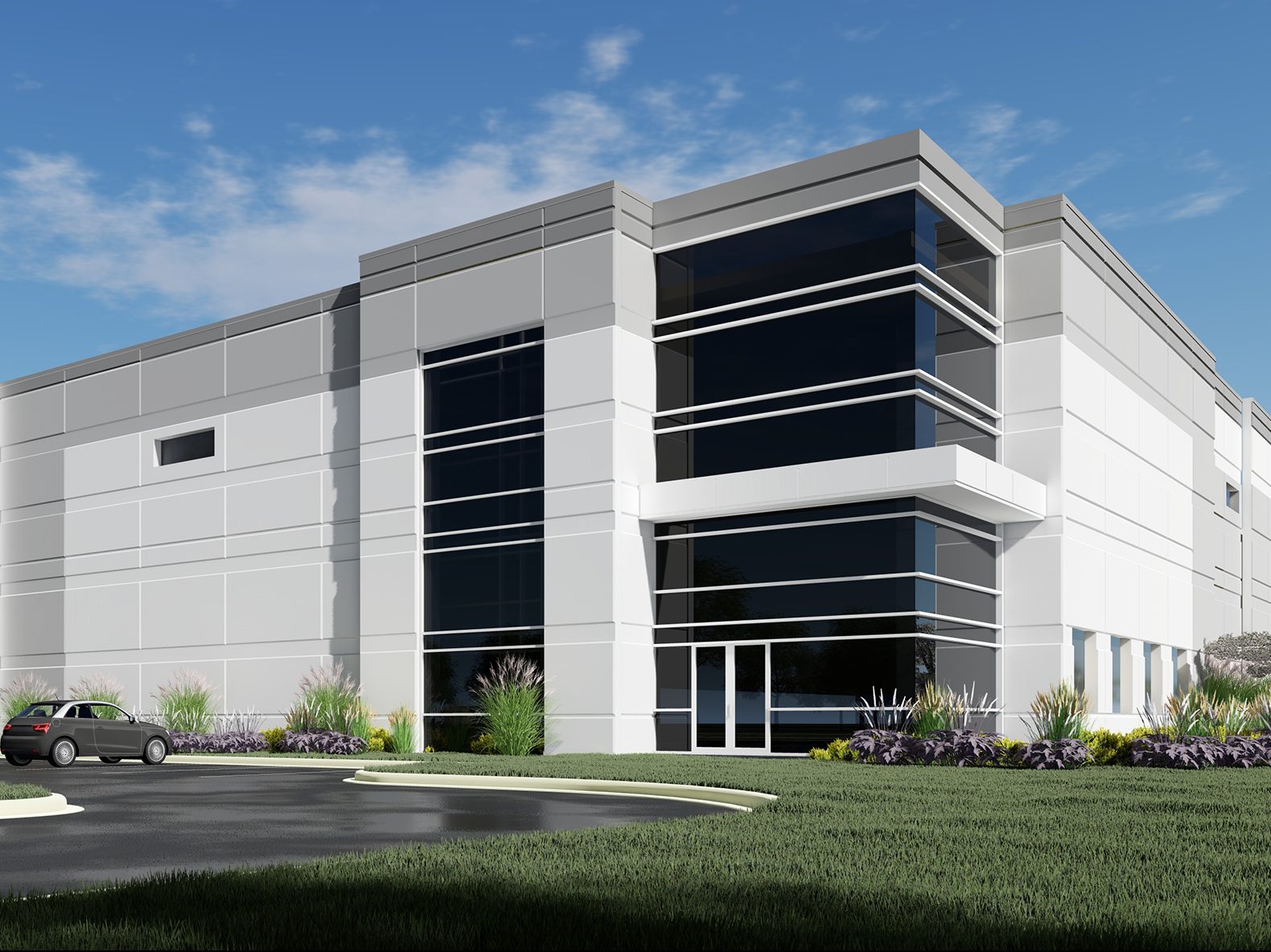


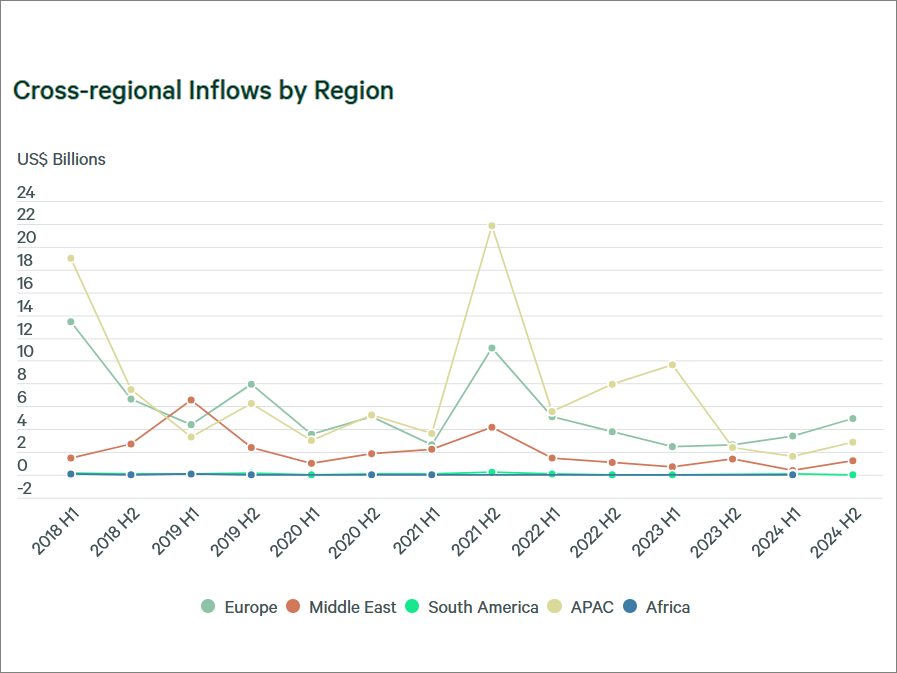
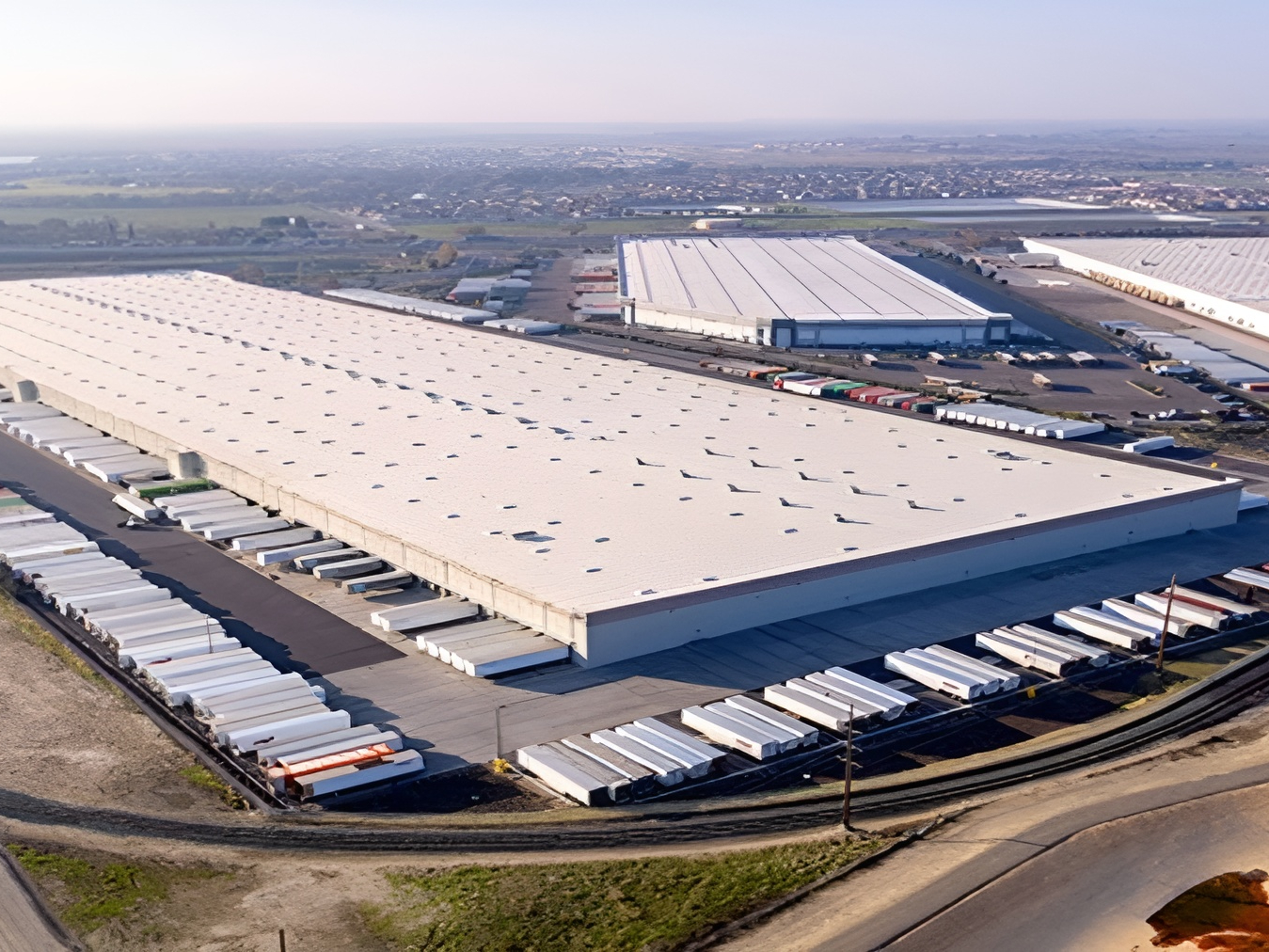
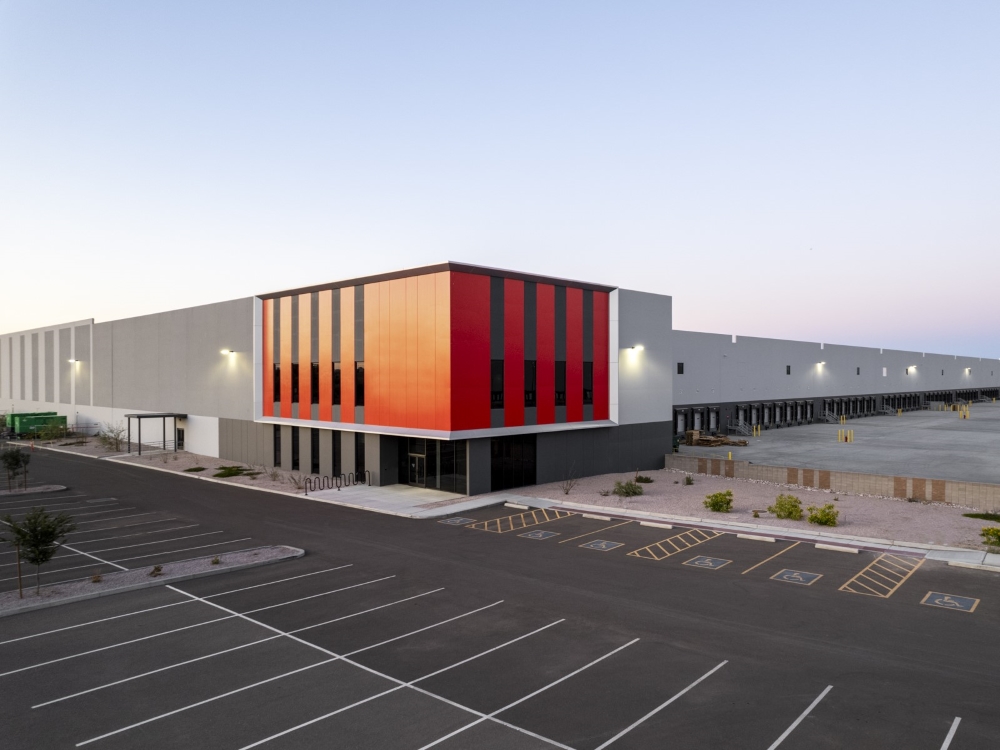
You must be logged in to post a comment.